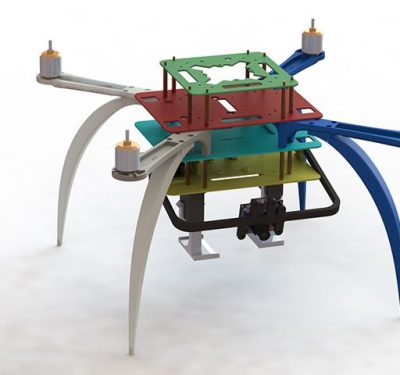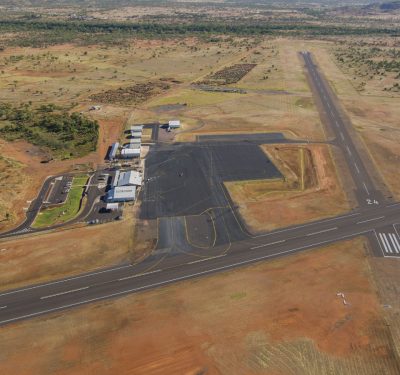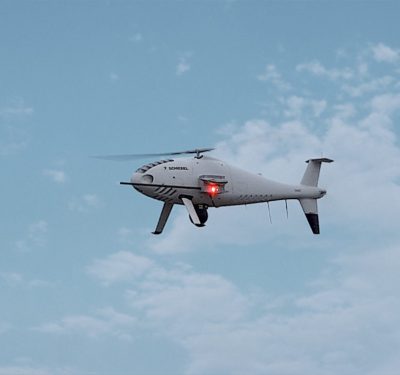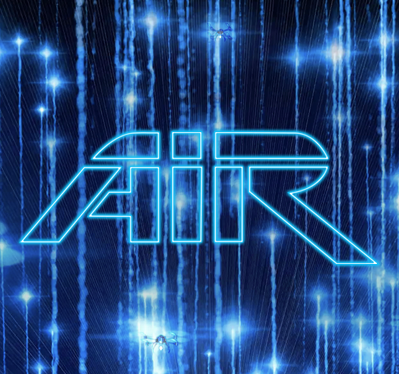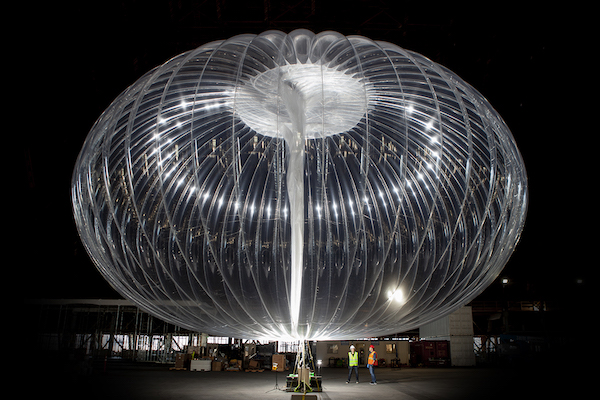 In a decision with multiple implications, Alphabet, the parent company of Google known for innovative technologies, has canceled Loon, its high altitude platform system (HAPS) designed to “harness 5G from the stratosphere.”
In a decision with multiple implications, Alphabet, the parent company of Google known for innovative technologies, has canceled Loon, its high altitude platform system (HAPS) designed to “harness 5G from the stratosphere.”
Loon, an ultra-large balloon, was developed within Alphabet’s “X” skunkworks, which seeks to roll out projects fueled by a vision of a better world. Unveiled in 2013, its premise involved “redesigning the essential components of a cell tower…to extend coverage to the billions who currently lack it.” In doing so, it has paralleled the efforts of fixed-wing solar-powered unmanned airplanes exploring the frontiers of both HAPS (high altitude platform systems) and HALE (high altitude long endurance) use for everything from communications to surveillance.
Based on accomplishment, the closure announcement is something of a surprise. As of 2019, the 50-foot by 40-foot balloons, coupled with solar panels, avionics and payloads, had flown nearly 25 million miles and 1 million hours in the stratosphere. A Loon balloon stayed aloft for 312 days during 2019-20. Loons “mesh networks” have provided telecom in Kenya and disaster relief from Puerto Rico to Peru. Furthermore, Loon has been powered by a $125-million capital infusion from SoftBank-funded HAPSMobile—which in September used its 15-hour LTE connection for 15 hours, including an air-to-ground videocall to a standard Google Pixel handset. Finally, Loon has been a major player in the HAPS Alliance of technologists and business operations.
And yet, financial realities have proved fateful. Announcing the shuttering of Loon, Eric “Astro” Teller, who directs X, noted in a blog post that “the road to commercial viability has proven much longer and riskier than hoped. So we’ve made the difficult decision to close down Loon.”
In particular, Loon’s vision and positioning may have been a double-edged sword. “We talk a lot about connecting the next billion users, but the reality is Loon has been chasing the hardest problem of all in connectivity — the last billion users,” Loon chief executive Alastair Westgarth posted.
Besides doing good, that decision also offered the commercial potential of playing in a less-developed arena. But the HAPS sweet spot—providing cellular/internet service to footprints far larger than those offered by ground towers with greater accuracy than orbital satellites—is not immune to competitive improvements in both terrestrial networks and Low Earth Orbit (LEO) satellites. Also, fixed-wing HAPS “frenemies” include major players such as Airbus and BAE Systems, as well as nimble smaller developers such as UAVOS. And solar panels and batteries are subjects for continued improvement.
Merging developmental advancement with financial viability is a “go” point across HAPS/HALE, as it is for any breakthrough technology. As Tom Clancy, CTO of Aurora Flight Sciences, developer of the Odysseus HAPS fixed-wing vehicle, recently told Inside Unmanned Systems:
“Fundamentally, there’s the cost curve challenges. Can you get all those technologies together in a reliable package and drive down the cost curve to intersect with the demand?”
Loon’s regrettable answer seems to be no. “While we’ve found a number of willing partners along the way, we haven’t found a way to get the costs low enough to build a long-term, sustainable business,” Westgarth wrote. “Developing radical new technology is inherently risky,” he concluded. “Today, I’m sad to share that Loon will be winding down.”
For more on the opportunities and challenges HAPS/HALE face, see Inside Unmanned Systems’ recent feature, https://insideunmannedsystems.com/haps-hale-seeking-solars-sweet-spot/


